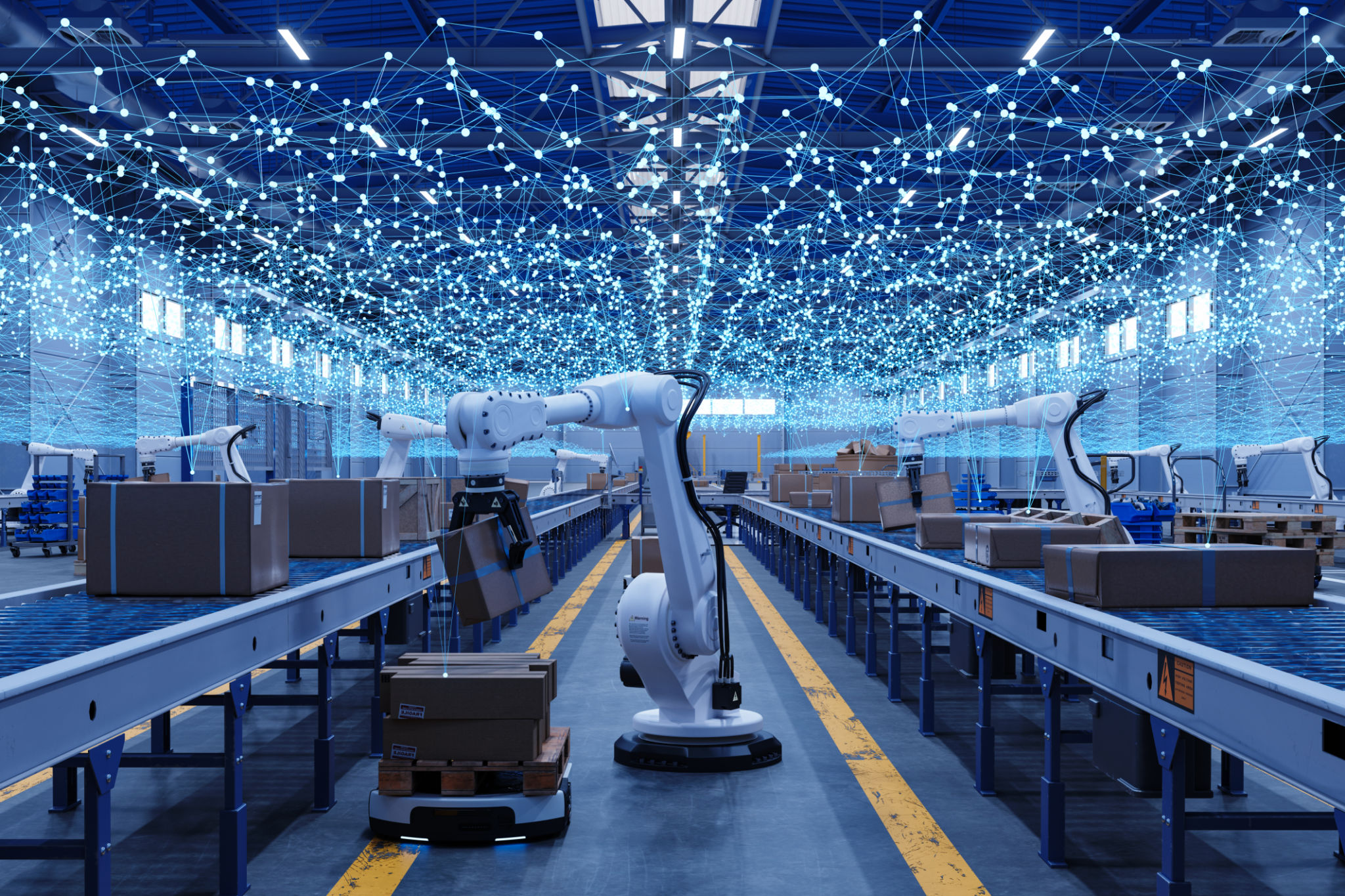Case Study: Successful Implementation of Automation in a Bursa Factory
Introduction to Automation in Manufacturing
In today's rapidly evolving industrial landscape, automation stands out as a pivotal force driving efficiency and innovation. The successful implementation of automation in manufacturing processes can lead to significant improvements in productivity, cost savings, and product quality. This case study focuses on a factory in Bursa that has recently integrated automation into its operations, achieving remarkable results.
The factory, a key player in the automotive parts industry, faced challenges such as high labor costs and production bottlenecks. By embracing automation, they aimed to streamline operations and enhance competitiveness in the global market.

Identifying the Challenges
Before integrating automation, the factory conducted a thorough analysis to identify existing challenges. The primary issues included:
- Inconsistent product quality due to manual processes.
- High operational costs linked to labor-intensive tasks.
- Limited scalability in production capacity.
These challenges highlighted the need for a more efficient system that could maintain high standards while reducing costs.
The Implementation Process
The implementation of automation was carried out in stages to minimize disruptions. The process involved:
- Conducting a comprehensive assessment of current operations.
- Identifying key areas where automation would have the most impact.
- Selecting appropriate technologies and automation tools.
- Training staff to work alongside automated systems.

Throughout the process, the factory maintained an open line of communication with employees to ensure a smooth transition and address any concerns related to job security and changes in work processes.
Benefits of Automation
The integration of automation brought numerous benefits to the Bursa factory, including:
- Improved Efficiency: Automated systems reduced production time and minimized errors.
- Cost Savings: Operational costs decreased significantly due to reduced labor expenditure and waste.
- Enhanced Product Quality: Consistent output quality improved customer satisfaction and brand reputation.
These advantages not only bolstered the factory's market position but also fostered a more innovative working environment.
Employee Adaptation and Training
A critical component of successful automation implementation was ensuring that employees adapted well to new technologies. Comprehensive training programs were established to equip workers with the skills necessary to operate and maintain automated systems efficiently.

The factory also focused on fostering a culture of continuous learning, encouraging employees to embrace technological advancements and see them as opportunities for personal and professional growth.
Conclusion
The case study of the Bursa factory demonstrates that with careful planning and execution, the integration of automation can transform manufacturing operations. By addressing initial challenges head-on and leveraging modern technologies, the factory achieved significant improvements in efficiency, cost reduction, and product quality.
This success story serves as an inspiring example for other manufacturers considering automation as a pathway to enhanced competitiveness and innovation in the industry.
